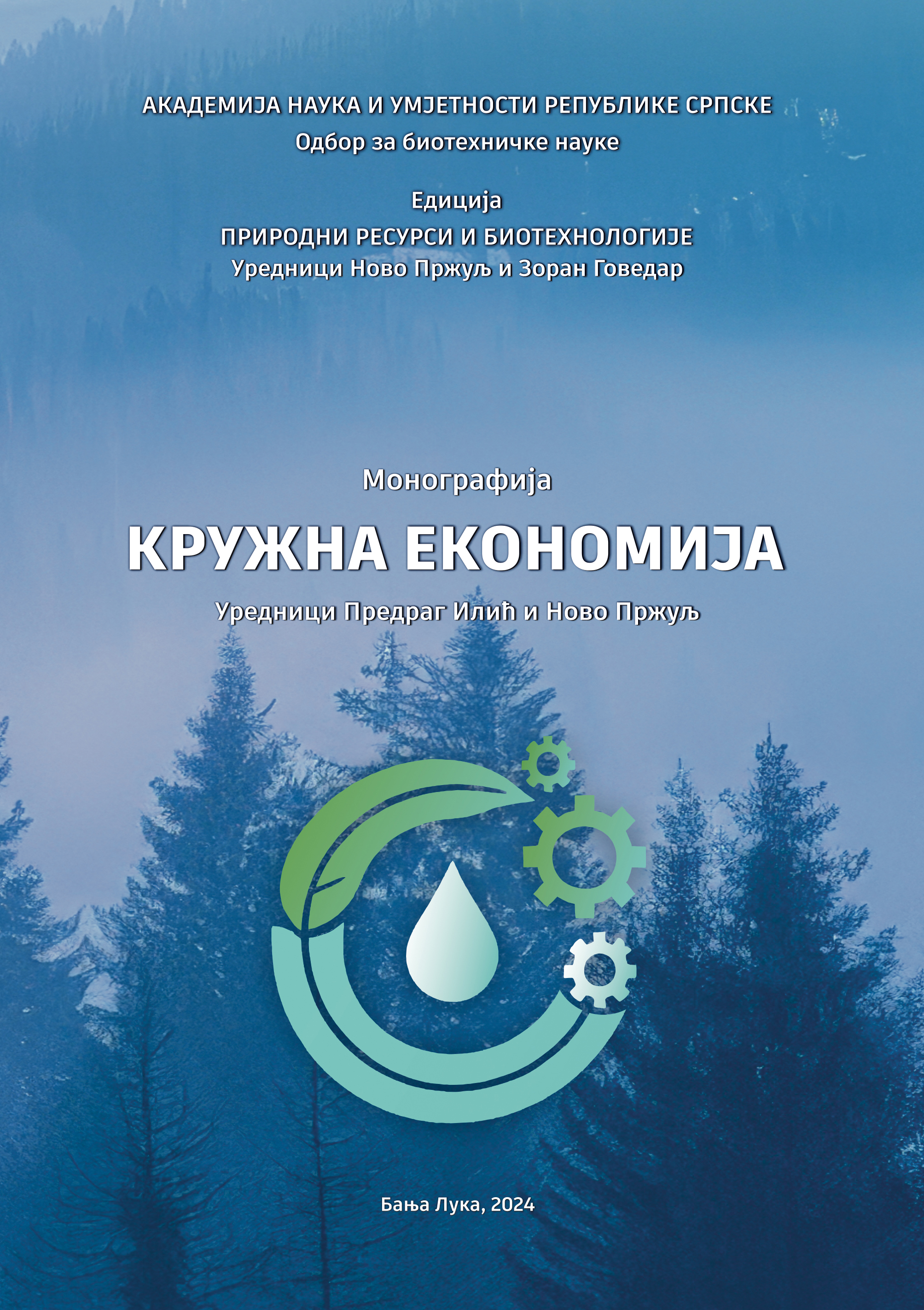From the Stone Hoe to Circular Agriculture
DOI:
https://doi.org/10.7251/PRB2401119PKeywords:
History of Agriculture, Industrial Revolution, Linear Agriculture, Circular Agriculture, Natural Resources, Ecosystem, SustainabilityAbstract
The history of agriculture is a long chain composed of numerous revolutionary innovations that have occurred, and continue to occur, following industrial revolutions and the advancements of modern science; in the 20th and 21st centuries, this progress has been much faster than ever before. There is no specific year that marks the founding of agriculture in human civilization; it cannot be precisely determined, as it was not a singular event but rather a process that spanned centuries. Researchers agree that Homo sapiens began to abandon the nomadic way of life, domesticate wild animals, and gather and plant cereal seeds in the early Neolithic period (Neolithic Revolution), when there was a rapid retreat of glaciers to the north and a warming of the climate. Most researchers believe this occurred around 10,000 years ago, although some suggest it may have been 12,000 or even 15,000 years ago. One of the first regions where humans engaged in agriculture was the area known as the Fertile Crescent, which spans the region that today includes Israel and Lebanon in the west and Iraq and Iran in the east, around the Euphrates and Tigris rivers. The development of agriculture during the Neolithic Revolution enabled population growth, the establishment of settlements, and the rise of more complex societies. It was a period of transformation in human history that laid the foundations for modern agriculture and food systems on which today's global population relies. The development of the economy, including agriculture, from its very beginnings has been based on the use of natural resources as one of the main factors of industrial production. The increasing exploitation of these resources raises questions about how long this process can continue, considering that many of these resources are non renewable. It is estimated that by 2050, the population will reach 9 billion, for whom food must be provided! In addition to not very optimistic economic forecasts, another dark cloud, taking on increasingly negative proportions, looms over nature. Environmental degradation, as an ecological problem, has become not only relevant but also crucial for survival. The primary need to produce more food regardless of the ecological consequences, is responsible for the alarming degradation of the environment. Soil is the most important resource in food production. The increasing exploitation of soil, combined with strong industrialization and urbanization, is leading to a reduction in arable land and the contamination of cultivated land, threatening food production and biodiversity. In some areas, these relationships have reached critical levels. The degradation of agricultural land is adversely affected by many factors, with the most aggressive being: erosion (caused by wind, water, and sun), industrial pollutants, mineral fertilizers, pesticides, lack of windbreaks, illegal waste dumping, traffic impact, etc. Phosphorus fertilizers introduce heavy metals, primarily cadmium, into the soil, which then enters the human body through plants and animals, potentially causing serious diseases. Pesticides, various solvents, and packaging used for storage and transport are very dangerous substances that can negatively impact soil fertility. Additionally, conventional agriculture significantly contributes to greenhouse gas emissions and climate change. Industrial production, including conventional agriculture, operates on a linear economy model, whose principle of "take-make-use-dispose" is one of the main polluters of the environment. Modern science proposes new agricultural production concepts, such as precision, smart, regenerative, and digital agriculture, which contribute to the rational use of natural resources. In a time of unreasonable natural resource consumption, environmental degradation, and global climate change on one hand, and increasing food demand on the other, a new model in agriculture—circular agriculture—represents a promising strategy to support sustainable, restorative, and regenerative agriculture. Circular agriculture, which operates on the principle of "take make-use-return," aims to reduce waste, increase resource efficiency, and improve sustainability. Circular agriculture focuses on optimizing resource use, minimizing waste, and promoting sustainable food production. This paper provides a brief overview of the impact of the four industrial revolutions on the development of agriculture, with a more detailed analysis of the application of achievements from the third and fourth industrial revolutions. The negative impacts of linear agriculture on the environment and the contribution of circular agriculture to the rational use of natural resources, reduction of soil degradation, mitigation of climate change, and production stability are presented. The practices of the circular economy and the barriers to its implementation are also discussed.
